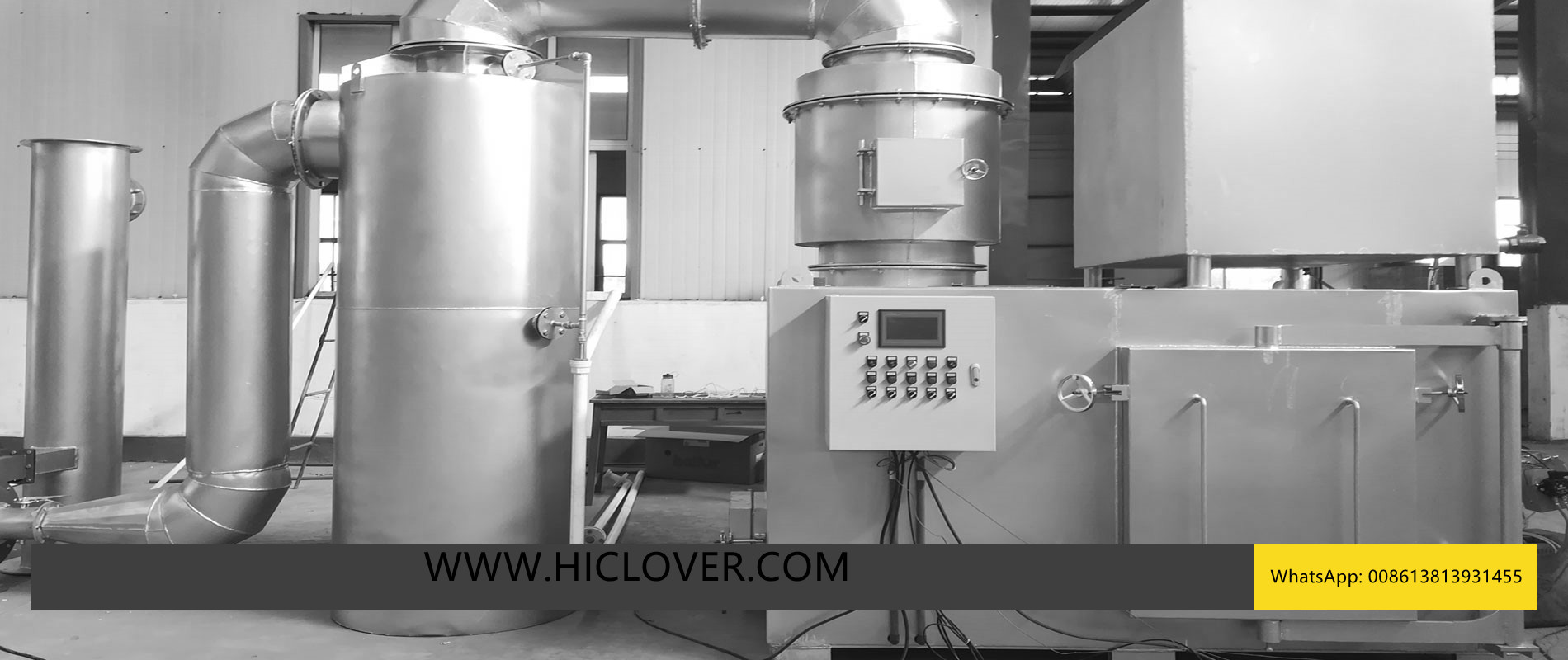Mobile and Containerized Bio-Medical Incinerators in Kenya: HICLOVER’s NEMA-Compliant Solutions for Aid Projects
Growing Need for Biomedical Waste Management in Kenya
Kenya’s healthcare and humanitarian sectors face increasing challenges in managing hazardous medical waste. From county hospitals and donor-funded health centers to refugee camps in Kakuma and Dadaab, the demand for mobile bio-medical incinerators in Kenya refugee camps has never been greater. Poor disposal methods pose serious risks of infection, environmental pollution, and non-compliance with the National Environment Management Authority (NEMA) regulations.
To address these issues, aid agencies and hospital administrators are seeking NEMA-compliant incinerators for donor funded hospitals in Kenya. These units must combine portability, high-capacity waste destruction, and reliable smoke emission control systems suitable for African conditions.
Containerized Incinerator Solutions for East Africa
A key development is the use of containerized incinerators in Kenya for East Africa aid projects. These systems are pre-installed in 20ft or 40ft ISO containers and can be deployed rapidly to remote hospitals or NGO field bases. Containerization ensures protection from harsh environments, quick installation without major civil works, and mobility for relocation when aid projects change locations.
HICLOVER TS150: Tailored for Kenya’s Needs
The HICLOVER TS150 incinerator is an ideal solution for both hospitals and humanitarian operations in Kenya:
-
Capacity: 120C150 kg/hour burn rate, suitable for medium-to-large health centers.
-
Dual Combustion Chambers: Primary chamber for bulk medical waste and secondary chamber operating at ≥1100°C with ≥2-second gas retention for dioxin and furan destruction.
-
PLC Control System: Automates ignition, air distribution, and temperature safety interlocks for operator ease and reduced training needs.
-
Fuel Flexibility: Compatible with diesel, LPG, or natural gas depending on local infrastructure.
-
Emission Control Options:
-
Single-stage Wet Scrubber for acid gas reduction.
-
Secondary scrubber for washing, cooling, and defogging.
-
Full system with quench tower, activated carbon dosing, and baghouse filter for donor-funded projects requiring strict compliance.
-
Applications in Kenya and East Africa
-
Refugee Camps (Kakuma, Dadaab): Containerized mobile incinerators allow on-site destruction of infectious waste, reducing cross-border transport risks.
-
Donor-Funded Hospitals: Compliance with NEMA regulations and WHO guidelines ensures these facilities meet environmental standards required by international funders.
-
County Health Centers: Portable systems allow facilities in Turkana, Garissa, and Kisumu to handle fluctuating waste volumes without relying on centralized disposal.
-
Aid Projects Across East Africa: Containerized models can be shipped to neighboring Uganda, South Sudan, or Tanzania as part of regional relief operations.
Conclusion
The deployment of mobile bio-medical incinerators for Kenya refugee camps, NEMA-compliant incinerators for donor-funded hospitals, and containerized incinerators for East Africa aid projects highlights a growing commitment to safe and sustainable waste management. With models like the HICLOVER TS150, Kenya’s healthcare and humanitarian sectors gain access to reliable, high-performance technology designed for African conditions.
For specifications and procurement inquiries:
www.hiclover.com
sales@hiclover.com




